On 21 and 22 March 2017 Twente Airport hosted an Airbus A.400M to perform wet runway tests together with the Netherlands Aerospace Center (NLR). Niek van der Zande Photography was there to witness these tests.
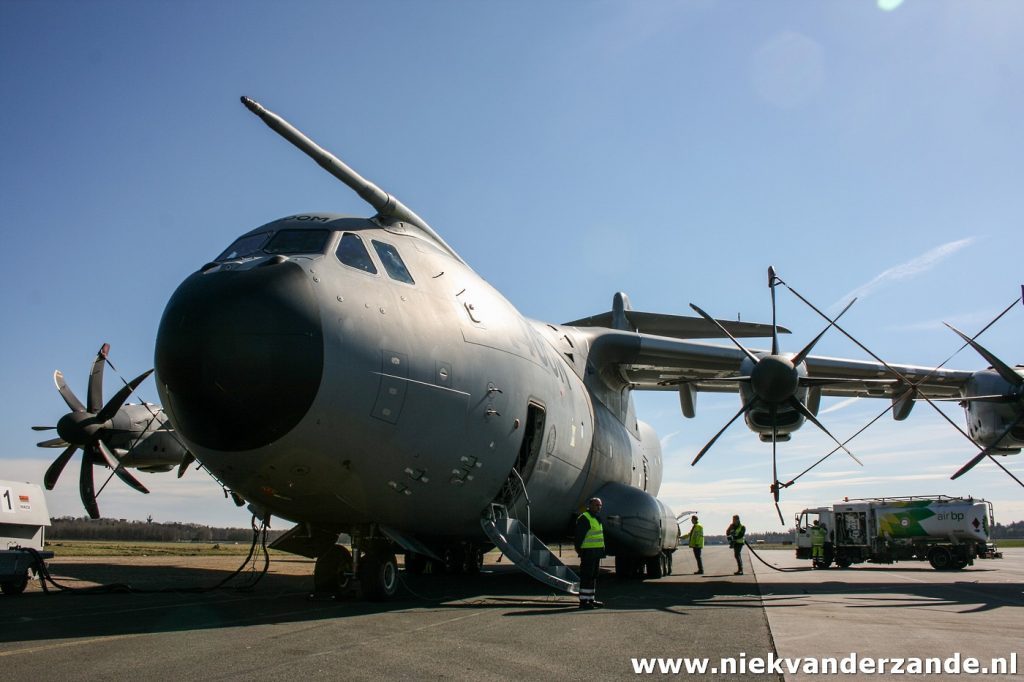
The fact that Airbus would send an A.400M to Twente only became known to the outside world on Monday 20 March, when a NOTAM (NOtice To AirMen) was issued and the Grizzly was airborne out of the facty airport in Sevilla, Spain. Twente Airport already knew of these plans for a long time, but was not allowed to mention anything before.
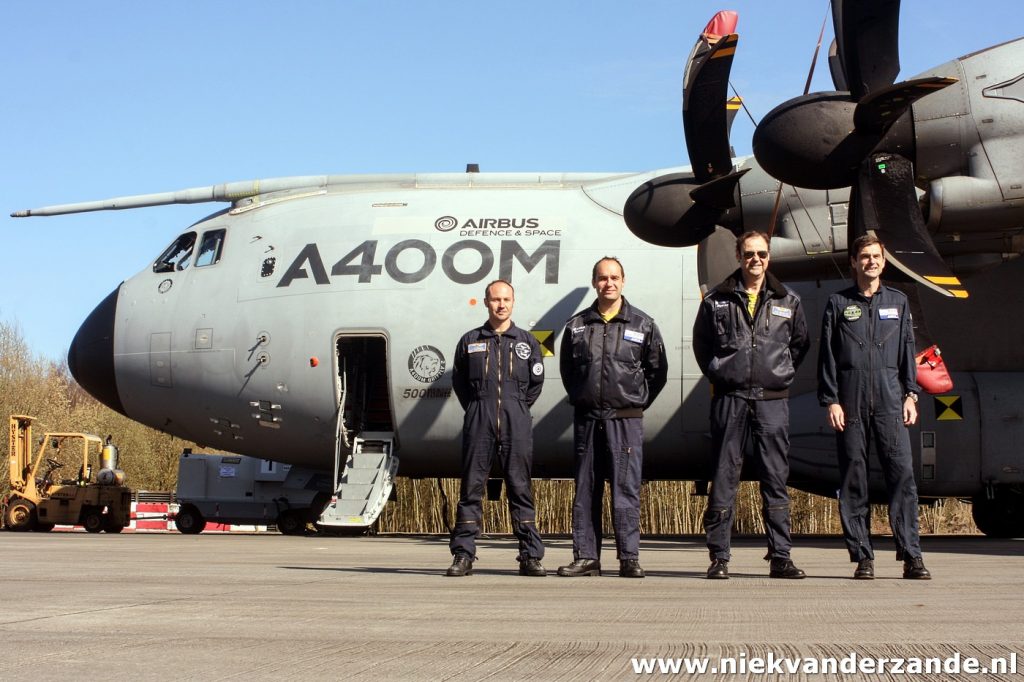
Upon arrival in Twente, the crew first circled the airfield for a considerable time, as the crew was not yet sure whether the meteorological conditions were good enough for them to land. There are no ILS facilities in Twente, which means that conditions need to be good enough for a visual approach. Luckily, Twente Airport has its own meteo station on site, so the most accurate information could be passed on to the crew, after which they considered it safe to land.
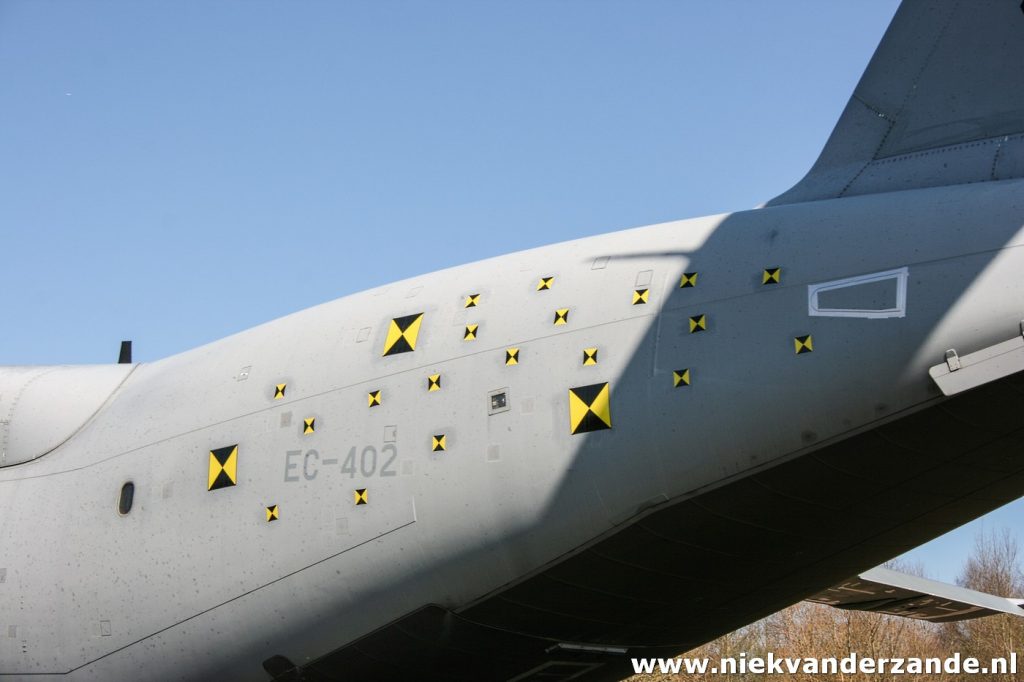
The reason behind this unique visit is that Twente Airport has the facilities to perform wet runway tests, something that cannot be performed just anywhere. Twente has the unique situation that it has a long runway with the right surface. Next to that, the runway is prepared to create a water basin through which the aircraft can perform high speed taxi runs. In 2016 the first tests were already performed with a NLR Citation ( see: NLR tests at Twente Airport ), these tests were now performed on a larger scale. For this a set of grooves of 1cm wide and 3cm deep were cut into the runway. In these grooves large rubber slats were inserted so that a basin was created. This basin could be filled up with up to 3 centimeters of water, which resembles a heavy downpour of rain during a storm.

The A.400M then taxied through the water basin in order to measure the brake performance under various circumstances. IN order to get a clear picture, a total of 16 runs were executed, all at different speeds and with different braking profiles. The maximum speed at which the runs were performed was 110 knots, which guaranteed a big splash of water around the aircraft.
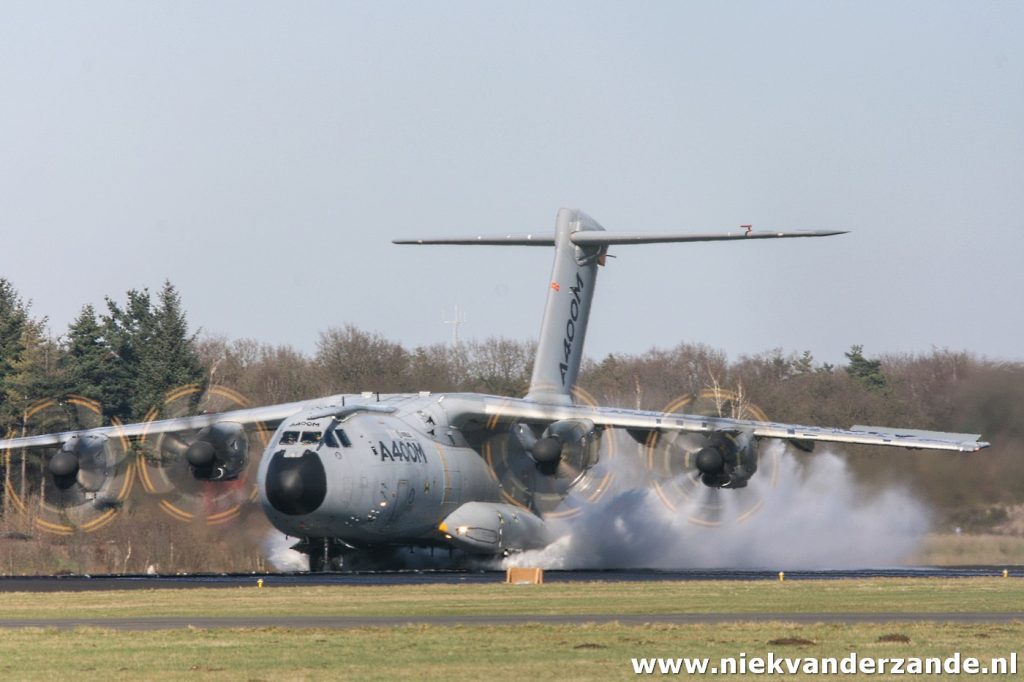
The tests themselves were initiated by the European Commission, in order get further information on aircraft performance under extreme conditions. These results will be used to further expand regulations and certifications and thus enhance the safety in aviation.
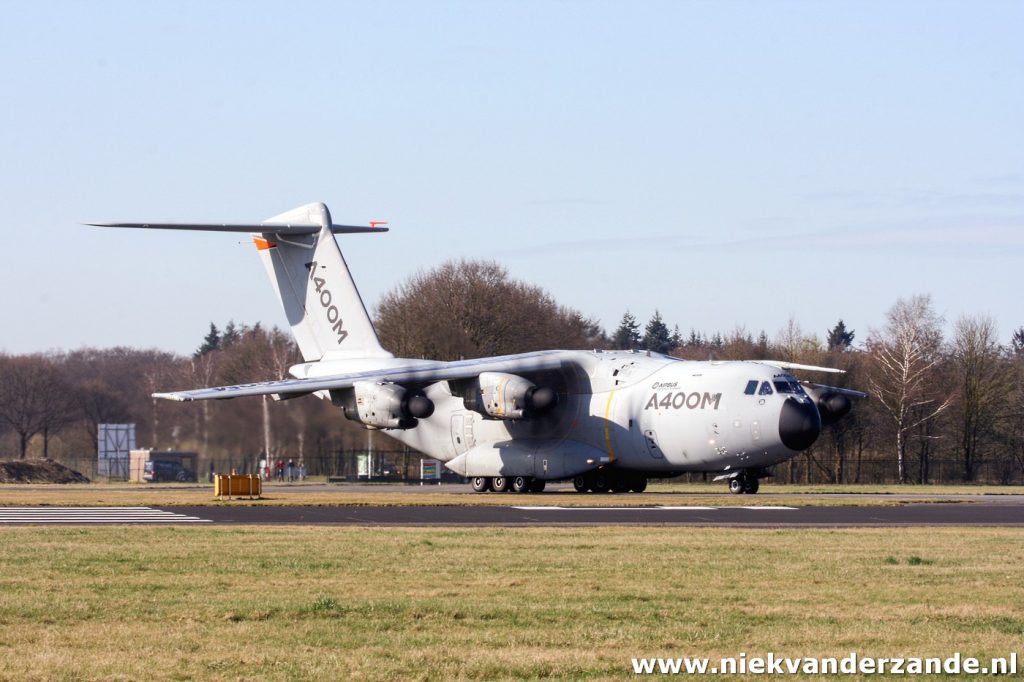
After this succesful series of tests, the A.400M left for Sevilla on Thursday 23 March. Twente Airport hopes to see more of these tests in the future, they are now talking to the Chinese manufacturer COMAC in order to see if tests with the COMAC C919 can be held at Twente Airport. This will get easier when ownership transfers from de Dutch Ministry of Defence to the Province of Overijssel on the 30th of March 2017. From then on the restrictions on the usage of the airfield will be lifted and visiting aircraft can be accepted at a 24 hours advance notice (24Hr PPR). This 24Hr PPR was introduced since the airport does not have a fixed staffing of Air Traffic Control, Fire Brigade etc. These will be hired on a need-be basis.
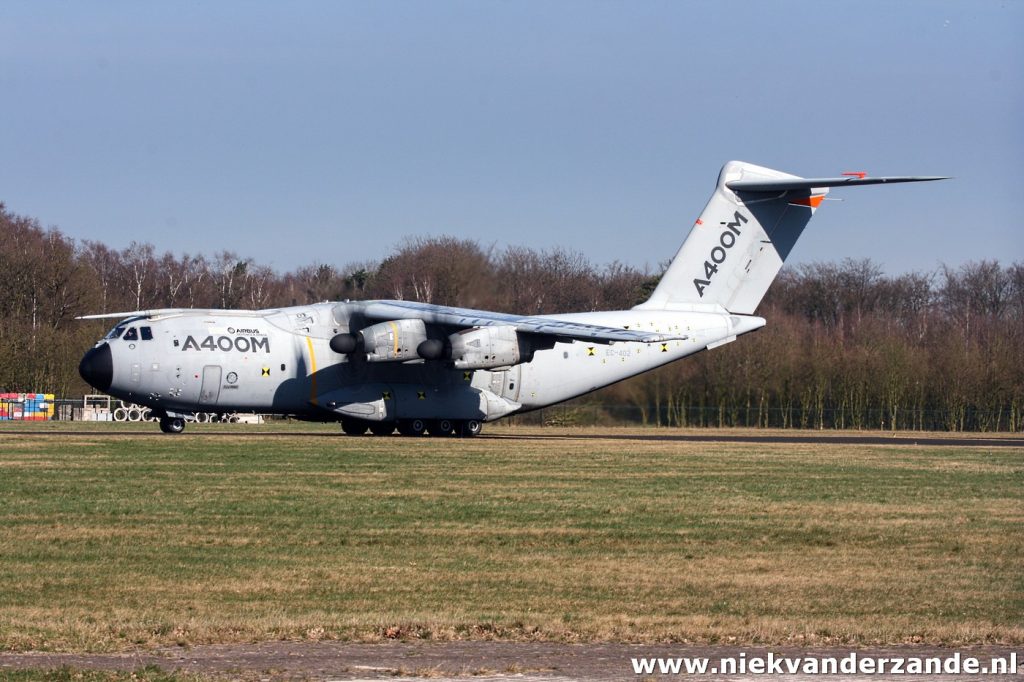
In order to facilitate operations outside of daylight hours, a GPS appraoch system will be introduced in the fall of 2017. This means that pilots can fly to and from the airport under Instrument Flying Rules (IFR).
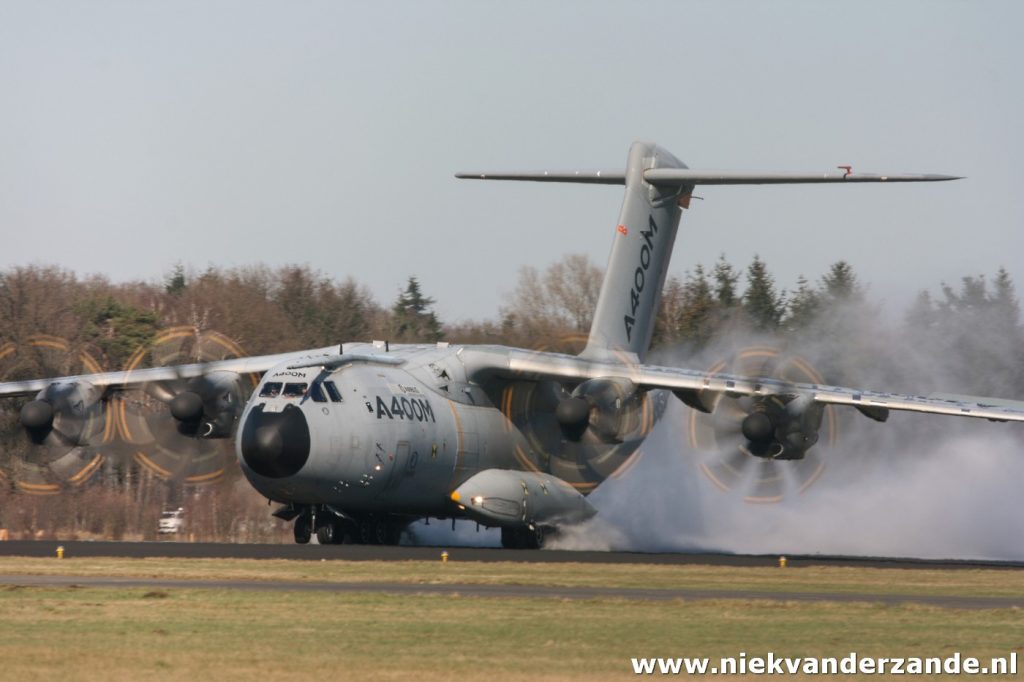

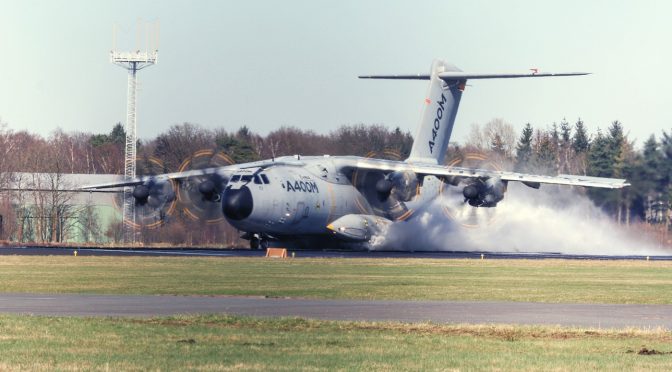
One thought on “The runway is wet”
Comments are closed.